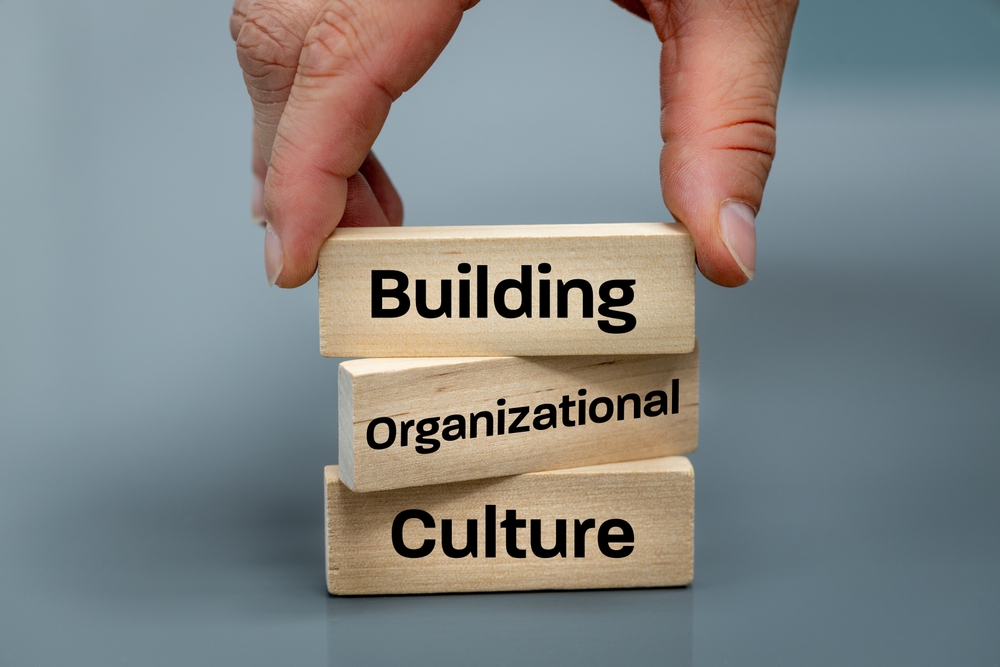“In a world that evolves at lightning speed, adapting is no longer optional. Leaders who view change through the lens of culture and human behavior can turn resistance into opportunity and ensure lasting success.”
– Dr. Andi Simon, Corporate Anthropologist
Why do companies come to us for culture change?
Organizations and their HR leaders often recognize that something in their culture isn’t working — engagement is low, innovation feels stuck, or collaboration has eroded — yet they can’t quite define what’s wrong.
When I ask, “Do you know what your culture is today?” most aren’t sure. When I ask, “What would you like it to become?” they’re often even less certain.
That’s where we come in. At Simon Associates Management Consultants (SAMC), we help organizations see, feel, and think in new ways about their culture — what it is, how it operates, and how it can evolve.
What exactly is a company’s culture?
Culture is the invisible operating system of your organization.
It shapes how people make decisions, interact with one another, and approach challenges. Every behavior reflects what individuals believe is the “right” way to get things done.
Changing that shared mindset is never simple — but it is possible. Our process helps you make culture visible, measurable, and actionable.
“You can’t change what you can’t see. The first step is making the invisible visible.”
How do we assess a company’s culture?
We begin with the Organizational Culture Assessment Instrument (OCAI), developed by Professors Kim Cameron and Robert Quinn at the University of Michigan.
This validated tool gives organizations a clear snapshot of their culture today — and how employees would prefer it to look in the future.
It identifies four dominant culture types:
- Controlling – Structured, efficient, rule-driven
- Collaborative – Team-oriented and people-centered
- Creative – Innovative, adaptive, and growth-focused
- Competitive – Results-driven and performance-based
These insights become the foundation for the culture change roadmap.
What happens after the assessment?
Once we understand the current and preferred culture, we facilitate collaborative sessions to explore how work gets done — and what needs to shift. Together, we identify:
- What to do more of
- What to do less of
- What to never change
We use other tools. The entire approach is designed to build the new culture with the employees. This clarity helps teams align around a shared vision of how they want to work together — and what behaviors will get them there.
In one client situation, a company in Mexico, they had a very “siloed” company. New people came and went. These younger staff did not relate well to the limits that the organization had created, even if it seemed to be efficient and productive. This type of controlling culture simply did not work for these new hires or younger people recruited to work there. The challenge was how to become more creative and collaborative.
This type of change is never easy. Even the words do not have clear meaning. How should we behave if we want to be able to put new ideas to the test? How should we act if we wanted to work better together?
How do we help people actually change behavior?
Culture change doesn’t happen because of a memo. It happens because people experience a new way of doing things — and see that it works.
We form pilot groups of about 10 people, often drawn from different departments, to test and model new behaviors. These teams become catalysts for transformation.
Change spreads through imitation, not instruction: people change when they see others changing.
“Managers can’t help their teams change unless they’re willing to change themselves.”
Why is culture change more important now than ever?
Two powerful forces are reshaping today’s workplace:
- Technology: Artificial intelligence and automation are redefining how work gets done. A culture of curiosity, trust, and adaptability helps people thrive alongside new tools.
- Demographics: A diverse, multigenerational workforce demands inclusive, flexible cultures where everyone can contribute fully.
In this fast-changing environment, culture isn’t a “soft” issue — it’s a strategic advantage.
How can we get started?
“Culture isn’t just what we do—it’s the shared values, unwritten rules, and daily rituals that shape how we work and connect. Seeing these with fresh eyes is the first step in meaningful change.”
If you suspect your culture is holding you back — or simply want to make it stronger — start with a Culture Assessment. Learn more.
- Share with a friend or colleague who’s ready to think differently
- And read our book, ““On the Brink: A fresh lens to take your business to new heights.”
Here’s to seeing, feeling, and thinking in bold, new ways — together.




